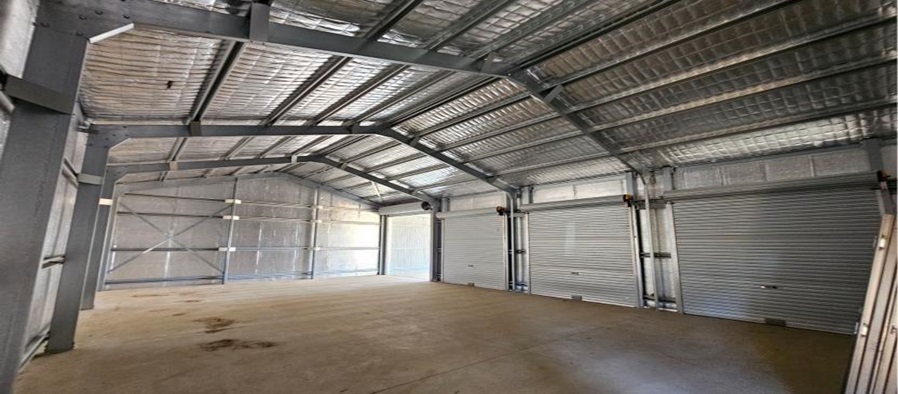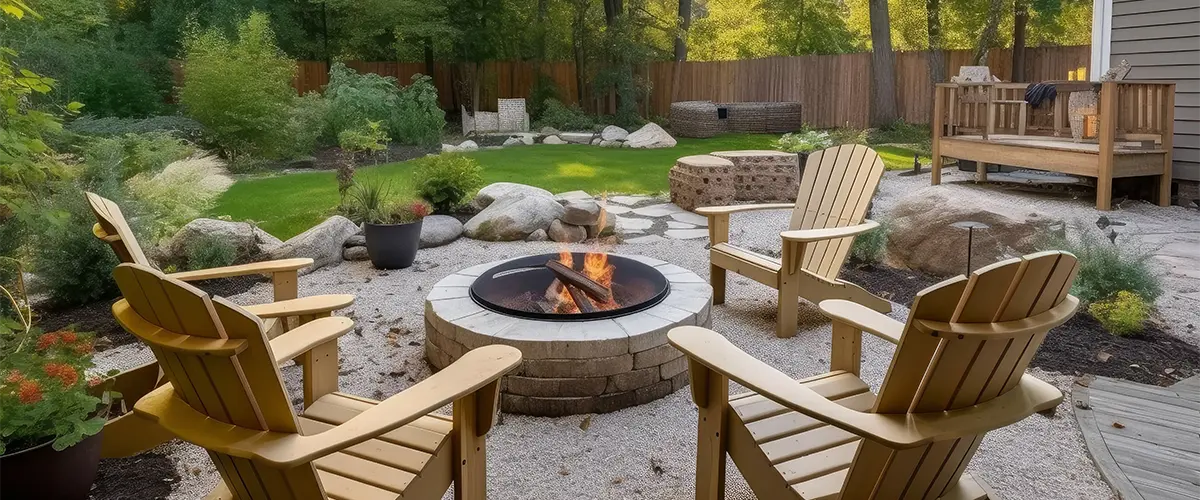Gardening is often seen as a peaceful pursuit, a way to unwind, and a means of connecting with nature. For many, the garden is a personal sanctuary—a space to create beauty, enjoy fresh air, and witness the growth of something from the ground up. However, a successful garden doesn’t simply appear on its own. Behind every vibrant flowerbed, lush lawn, or bountiful vegetable patch is a gardener equipped with the right tools. While it’s easy to imagine that gardening only requires a trowel and a little patience, the truth is that a diverse range of tools is necessary for maintaining a healthy, thriving garden and outdoor space. If you’re just beginning your gardening journey, knowing which tools to invest in and how to use them effectively will make all the difference between a flourishing garden and a frustrating experience.
In this beginner’s guide, we will explore the essential gardening tools every newcomer should have, how to use them, and why they are crucial for building a solid foundation in your gardening and outdoor strategy. Whether you’re growing a few herbs in containers or planning to cultivate an entire vegetable garden, this guide will arm you with the knowledge to make your outdoor tasks more manageable, enjoyable, and successful.
1. The Essential Hand Tools
At the heart of every gardener’s toolkit lies a set of basic hand tools. These are the go-to tools for smaller, everyday tasks like planting, weeding, and maintaining your garden beds. As a beginner, these tools will be the foundation of your gardening endeavors.
Trowel
Arguably the most important tool in your gardening arsenal, the trowel is a small hand tool with a pointed, scoop-like blade used for digging, planting, and transferring soil. It’s particularly useful when planting flowers, vegetables, or herbs, as it allows you to work in tight spaces with precision. A good trowel is a must-have for any gardener, whether you’re planting seeds or transplanting seedlings into the garden.
Hand Fork
The hand fork, sometimes known as a hand rake, is essential for breaking up soil, loosening compacted earth, and pulling weeds from around plants. Its three prongs make it effective for getting into the soil without disturbing the roots of nearby plants. This tool is also useful for aerating the soil, which helps promote healthy root growth and allows water and nutrients to penetrate deeper.
Pruners/Shears
Pruners or shears are vital for maintaining the health and shape of your plants. They’re used to trim dead or overgrown stems and branches, helping plants grow more effectively and preventing disease. Pruners come in a variety of sizes, so it’s essential to choose one that’s comfortable in your hand. Bypass pruners, with two sharp blades that work like scissors, are generally the best option for cutting live plant material.
Weeder
Weeding is an unavoidable part of gardening, and a specialized weeder can make this task much easier. Hand weeders are small tools designed to help you remove weeds with minimal effort. These tools often have a narrow, pointed end that allows you to dig under weeds, ensuring the root is removed, not just the visible part above the soil.
2. Tools for Soil Management
Soil is the lifeblood of any garden, and understanding how to manage it is essential for your success. The right tools will make soil management more efficient and help you create an ideal environment for your plants.
Spade
A spade is a robust tool with a flat, squared blade that’s ideal for digging, edging, and moving soil. It’s especially useful when you need to create new garden beds or divide perennials. While a shovel can be used for similar tasks, a spade’s design is better for cutting through tough soil or edging neatly around garden beds.
Garden Fork
Garden forks are fantastic for breaking up compacted soil, turning compost, and loosening the earth before planting. The fork’s tines help loosen and aerate the soil, creating space for roots to grow. This tool is also perfect for working with soil in raised beds, where digging with a spade might not be as effective.
Hoe
A hoe is an essential tool for cultivating the soil and eliminating weeds in large garden spaces. Its long handle and flat blade allow you to pull or push through the soil, breaking up the surface and uprooting weeds. A hoe is an especially useful tool in vegetable gardens, where you’ll need to maintain soil health and prevent weeds from competing with your crops.
3. Tools for Lawn Care
A lush, green lawn is often the centerpiece of any outdoor space. To achieve and maintain a beautiful lawn, there are several tools you’ll need to keep it healthy, neat, and well-trimmed.
Lawn Mower
The lawn mower is one of the most essential pieces of equipment for maintaining a tidy, well-kept yard. There are a variety of models to choose from, including gas-powered, electric, and battery-operated versions. As a beginner, it’s crucial to select a lawn mower that’s suitable for the size of your lawn and your ability to maneuver it effectively. Regular mowing helps to promote healthy grass growth and keeps your yard looking neat and organized.
Edger
An edger is a tool used to create clean, sharp lines along the edges of your lawn, around flower beds, or sidewalks. It helps prevent grass from encroaching into these areas and gives your yard a more polished look. While a string trimmer can also be used for this purpose, a dedicated edger creates a much more defined, professional edge.
Leaf Blower
While not strictly necessary for everyone, a leaf blower is an incredibly handy tool for keeping your garden and lawn free from fallen leaves, debris, and grass clippings. This tool can save you hours of tedious raking, and modern versions are often lightweight and easy to use. A leaf blower is especially useful during autumn when the accumulation of leaves can quickly overwhelm your yard.
4. Tools for Watering and Irrigation
Watering your garden effectively is crucial to plant health, and having the right tools will make this task much more efficient.
Watering Can
A simple yet essential tool, the watering can is perfect for smaller gardening tasks, such as watering containers, potted plants, and seedlings. It’s particularly useful when you need to control the flow of water and direct it precisely where it’s needed.
Garden Hose
For larger areas, a garden hose is a must-have. It allows you to reach different parts of your garden with ease, providing ample water to thirsty plants. Many hoses come with adjustable nozzles that let you control the flow and type of spray, whether you need a fine mist for seedlings or a strong stream for established plants.
Irrigation System
If you have a larger garden or if you’re planning a vegetable garden, setting up a basic irrigation system can save you time and water. Drip irrigation systems deliver water directly to the roots of your plants, which minimizes water wastage and ensures your plants get the moisture they need without over-saturating the soil.
5. Protective Gear
Lastly, don’t forget to protect yourself while gardening. While gardening can be enjoyable, it also comes with its share of risks, from thorny bushes to harmful chemicals. Wearing the right protective gear ensures you remain comfortable and safe.
Gloves
A good pair of gardening gloves is essential for protecting your hands from sharp objects, soil, and chemicals. Choose gloves that are durable, breathable, and provide a snug fit. For tasks like pruning, thick leather gloves will offer additional protection against thorns and rough branches.
Knee Pads
Gardening often requires kneeling for extended periods, whether you’re planting, weeding, or inspecting plants. Knee pads are invaluable for preventing discomfort or injury while working close to the ground.
Conclusion
Gardening is a gratifying pursuit that can provide countless hours of joy and satisfaction. However, to truly get the most out of your outdoor space, it’s essential to equip yourself with the right tools. The essential tools outlined in this guide will help you tackle the foundational tasks of gardening, from planting and soil management to lawn care and watering. By investing in quality tools and using them with care, you’ll not only enhance your gardening experience but also create a thriving, beautiful outdoor space that reflects your dedication and love for nature. Whether you’re a beginner or an experienced gardener, the right tools are the key to turning your gardening dreams into a reality.




